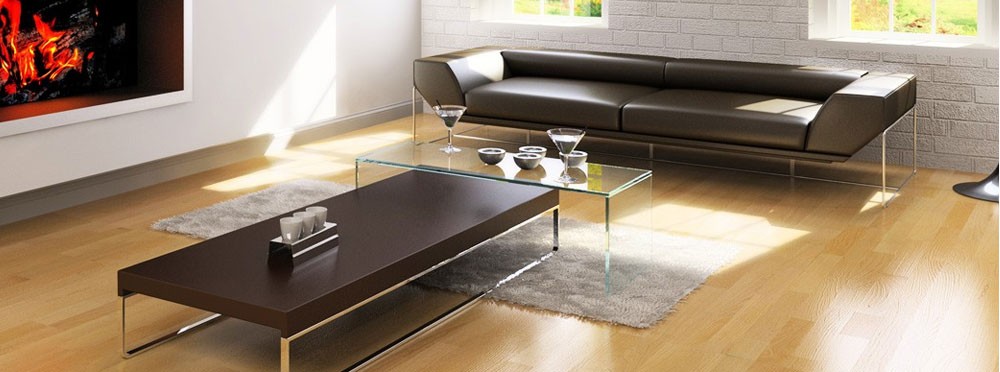Tile and especially grout are susceptible to mold and mildew and can present challenges to get the microbes efficiently removed. Not only does mold and mildew flaw the appearance of your tile and grout, it also poses a health risk as well as increases the deterioration. We at Tough Carpet Cleaning have compiled a few different methods you can try to clear away the excessive mold and mildew that is growing on your grout.
How to Remove Mold from Grout Lines
Method #1– Ammonia: Never mix bleach and ammonia it creates hazardous fumes. Keep in mind most glass cleaners and other products have ammonia in it, so always exercise caution when working with bleach and ammonia based products.
1. Prepare yourself to work with ammonia, it is extremely potent and can be harsh on delicate nasal passages; be sure to use a mask and open a window and flip on the exhaust fan.
2. In a spray bottle, pour concentrated clear ammonia in it and generously apply to the molded area.
3. Agitate the grout using a medium-firm scrub brush and allow the ammonia to set.
4. Leave the room for a couple hours with the window open and/or fan on to help clear up the fumes.
5. Rinse the grout with warm water, if any mildew or mol persists, scrub again.
Method #2 – Hydrogen Peroxide: Hydrogen Peroxide needs to be kept in dark bottles for superiority as light will make it lose its potency. Additionally, hydrogen peroxide has the ability to lighten materials. Conduct a patch test in an inconspicuous area to ensure your grout isn’t compromised.
1. Hydrogen peroxide can be applied in concentrated doses or can be mixed with a bit of vinegar if that is your preference, just remember to use a darkened spray bottle.
2. If available, open a window and run the exhaust fan to remove the strong smells from the cleaner, if needed, you can let it set a couple hours to relieve yourself of the smell. Generously spray down the mold with your hydrogen peroxide (or peroxide, vinegar blend) and allow it to set for at least 20 minutes.
3. Upon your return, lightly reapply a fresh coat, and scrub with a medium-firm scrub brush.
4. Rinse with hot water.
5. Towel dry.
Method #3 – Bleach and Baking Soda
1. Mix the following ingredients a cleaning bucket: 1 TSP liquid dish soap, 1 Cup baking soda, and (optional) several drops of your favorite essential oils to help enhance the fragrance in your shower. Add small volumes of hot water until you have made a thick paste.
2. Apply the paste on the grout, especially being generous on the mildew or mold areas and allow to sit for at least 10 minutes.
3. Scrub the area down well with a medium-firm scrub brush and circular motions followed by a thorough rinse with warm water. (If stains persist continue following the steps.)
4. In a spray bottle mix 1 part bleach and 2 parts warm water and shake well.
5. Moderately spray down the moldy surface with the solution and allow it to set in until it is dried.
6. After it has dried, reapply your solution and scrub with a medium-firm scrub brush, or toothbrush to get in the corners.
7. Rinse down with hot water.
8. Repeat if necessary.
Method #4 – Vinegar: Vinegar is very effective on mold and mildew. It has been proven to destroy over 80% of known mold species
1. Do not dilute the vinegar is a good weapon to use against mold, and is best apply in its concentrated form. To make the application easier, you can transfer the vinegar in a spray bottle.
2. Be sure to open a window and turn on the exhaust fan in your bathroom if you are offended by the smell of vinegar. Generously spray the vinegar on the grout, especially on the moldy surface. Allow it to set in for at least 1 hour.
3. Rinse the area with hot water.
4. To avoid future mold or mildew outbreaks, spray your shower after every use.
Tile & Grout Cleaning & More in the Las Vegas Valley, Summerlin, North LV & Henderson Nevada
If these methods are not cutting through serious mold and mildew buildup, contact Tough Carpet Cleaning for professional tile and grout services.





